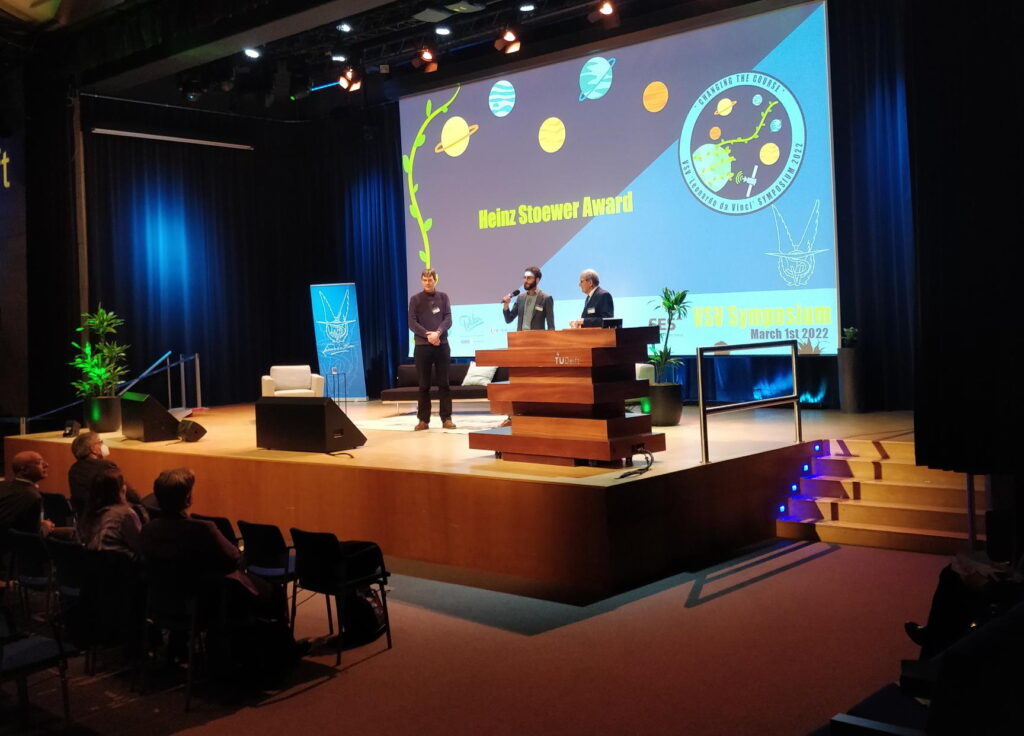Berend Schuit has won the Heinz Stoewer Space Award for his graduation project on methane plumes that he carried out as a student at SRON. The Faculty of Aerospace Engineering at TU Delft presents this award annually to the student whose master’s thesis scored highly in terms of quality and social impact. Schuit built a machine-learning model that automatically identifies methane plumes from data collected by the Dutch space instrument TROPOMI..
ten million measurements per day
Methane is the second most important greenhouse gas emitted by humans after CO2. ‘A small part of the sources is responsible for a disproportionately large part of the total emissions,’ says Schuit. ‘In the fight against global warming, it is important to know where these large methane sources are located.’ TROPOMI provides a daily global map of methane in the atmosphere. Because these are about ten million measurements per day, it is impossible for scientists to manually search the entire globe for possible sources of methane. Moreover, there are disturbing factors that make it difficult to translate measured methane concentrations into emissions. For instance, the wind causes methane emissions to spread and clouds block the view from space.
automatically detect methane plumes
Schuit has developed a machine-learning model to automatically detect methane plumes globally on a daily basis. To this end, Schuit trained his model to automatically recognise methane plumes in the TROPOMI measurements. ‘First I gave the model a thousand examples of methane plumes that we manually found in the data,’ says Schuit. ‘Then I gave the model two thousand observations without methane plumes. This teaches the model to recognise methane signals. No two plumes are the same. By applying these artificial intelligence techniques, the model is able to detect future, still unknown, methane plumes based on what it has learned from the past.’
daily list of hotspots
Thanks to Schuit’s model, the SRON-TROPOMI team is now better able to automatically detect and investigate methane sources. Every day they now receive a list of locations that show high emissions. Schuit: ‘This includes known sources, such as the leaking oil and gas installations in Turkmenistan, which means that the model works. But we also regularly see new sources. We pass on the most interesting ones to, among others, the team behind the Canadian satellite GHGSat, which zooms in further and can thus identify the leaking methane source precisely.



